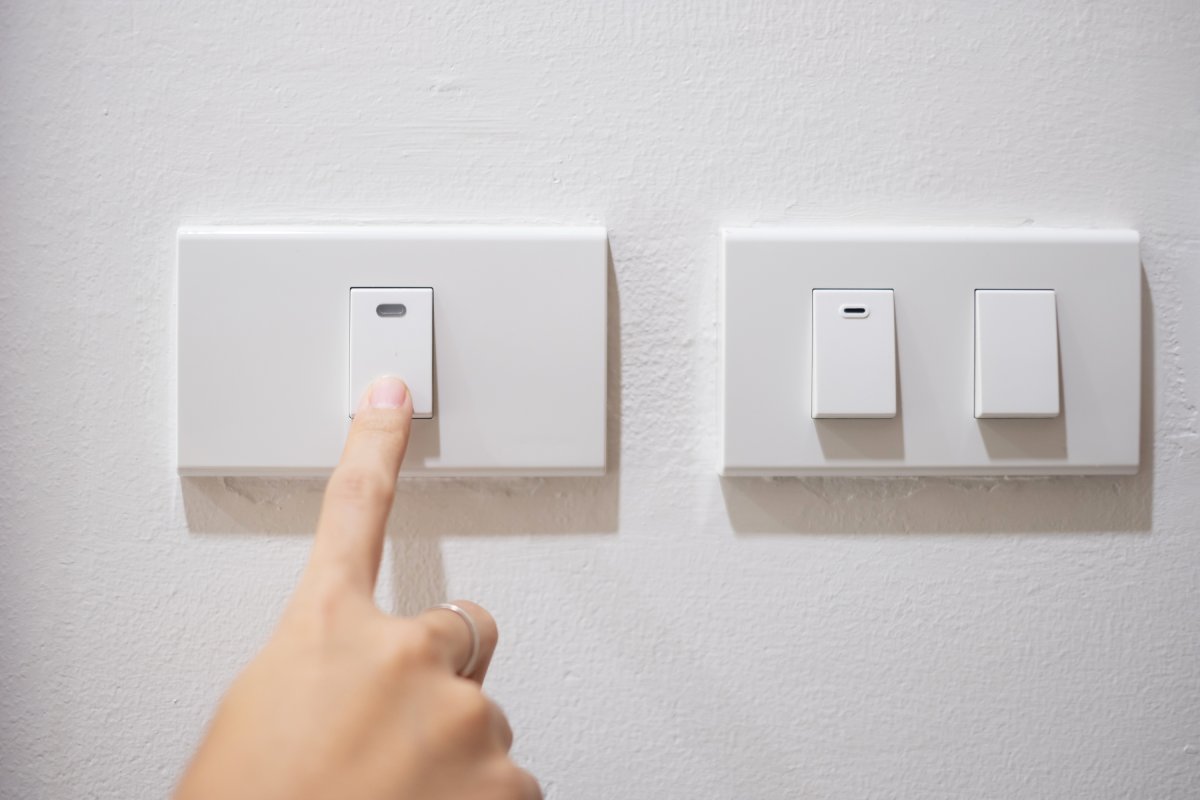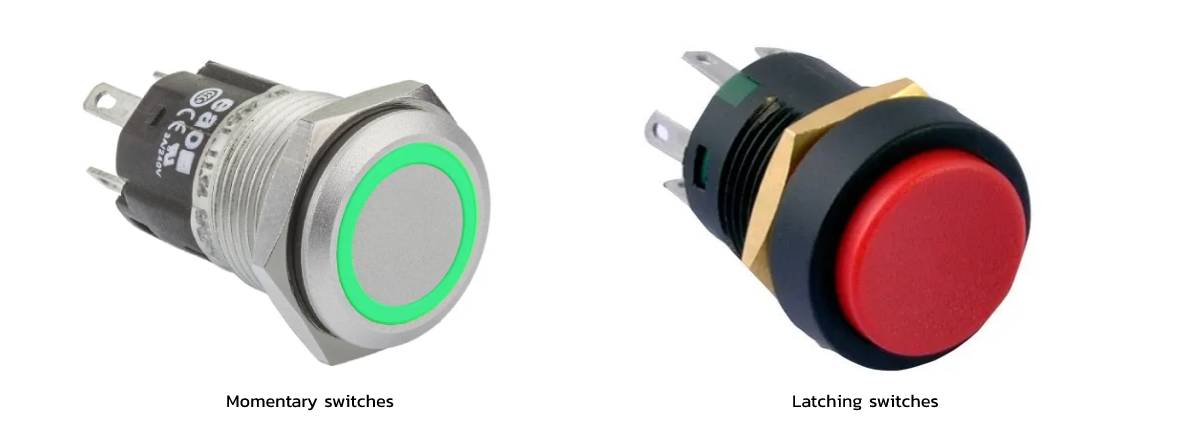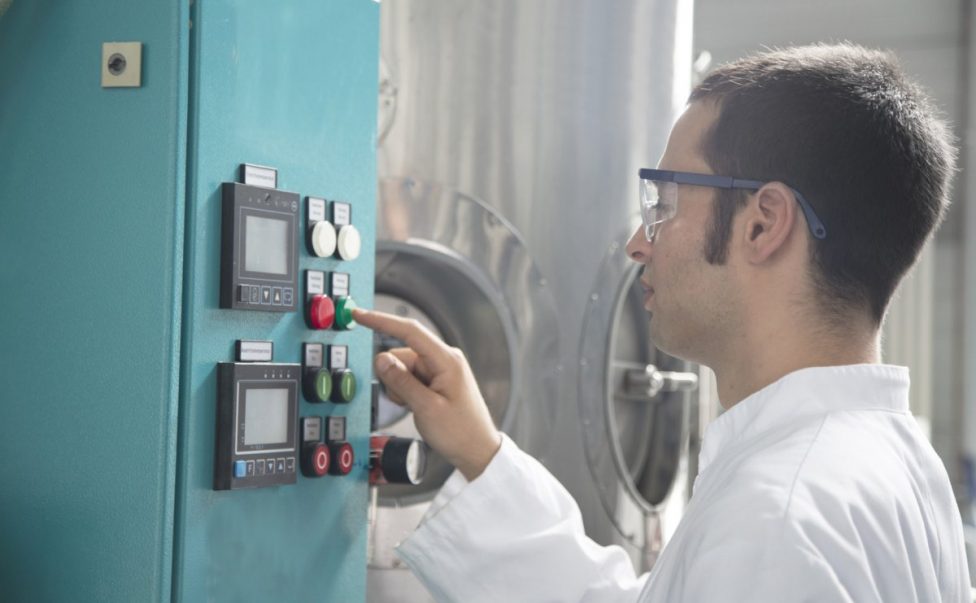What is the difference between a push button switch, a single way, a momentary and a latching switch?
We all use buttons and switches every single day, in our homes, in our place of work, and when calling the elevator at the shopping mall, but how much do we actually know about them? For example, what is the difference between a push button switch and a single way switch? And what about momentary switches and latching switches?
If you are interested in learning a little more about the inner workings of the various switches we encounter on a daily basis, read on for some more information.
What is the difference between push button switch and single way switch?
So, what is the key difference between push buttons and single way switches? And what goes on underneath? Let’s take a closer look…
What’s inside a push button?
If you’ve ever wondered how one single push or click of a button can make something work, here’s what you need to know. A push button is used to activate something, for example turning on a light, flushing a toilet, or playing an arcade game. Most types of push button switch work in exactly the same way:
- Pressure is placed on a button or ‘actuator’, thus depressing the internal spring which then makes contact with the ‘stable contacts’ at the bottom of the switch.
- This process either opens or closes an electric circuit.
- Repeating the application of pressure will cause the spring to retract, thus altering the status of the push button’s connection.
What’s inside a single way switch?

If you’ve ever wondered how a single way (or 1-way) switch works, here’s what you need to know. A single way switch is used to activate something, typically turning on a light. These are the simplest types of switches available.
- A single way switch has two terminals.
- In one position (say “On”), the terminals are connected together.
- In the other position (say “Off”), the terminals are not connected.
- A single way switch is most typically used to control a single light – or multiple.
As you can see, both push buttons and single way switches function in more or less the exact same way, only with a different application:
- Push button application = “In / Out”
- Single way switch application = “On / Off”
Other types of switches include:
- Two way switches: two way switches refer to two separate switches that control the same light. The most common example of this is when one switch is at the top of the staircase in a home, and the other is at the bottom of the stairs.
- Intermediate switches: intermediate switches are used to control lights from three or more separate locations. As an example, if there are three entrances to a single, large room, and you want to have a switch to control the main light at each door, intermediate switches will be required.
What’s the difference between a momentary switch and a latching switch?

Now, what’s the difference between a momentary switch and a latching switch?
- Momentary switches remain in the “on” position, only for as long as it is being pressed. Once the user removes their finger from the button, the switch device is no longer activated. A great example of this is when you use a blender to make your morning smoothie.
- Latching switches must be pressed once to be turned “on”, and pressed a second time to turn it “off”. The light switches that you use in your home are everyday examples of latching switches; once on, the switch can be left until you wish to turn the lights off. Or in the examples mentioned above with two way switches, the lights can be operated from another switch location.
Other examples of momentary and latching switches:
Foot switches
Foot switches can be utilised for both momentary and latching switch applications.
- A foot switch to operate a hospital bed’s position, for example, is best used with momentary switches. That way there can be no accidents by forgetting to switch the bed off and end up sandwiching your patients between the mattress.
- A foot switch to operate a tattoo machine on the other hand will use a latching switch. That way the tattoo artist can operate their machinery without having to keep their foot pressed down on the switch for hours at a time.
As you can see, the main purpose of momentary switches is to ensure greater control over a device. They’re typically designed to power a device for a short period of time, and then switch off immediately after contact has been broken. This can help to prevent unfortunate accidents (like the hospital bed incident mentioned above).
On the other hand, latching switches are designed to accommodate prolonged use without the need to keep one’s finger or foot suppressed on the switch. This is better suited to machinery and equipment that is less likely to be problematic if accidentally left on (e.g., a hoover uses a latching switch and if accidentally left on for a minute or two, it wouldn’t end up in disaster – however, a hoover with a momentary switch for operating would be a logistical nightmare).
Conclusion
To recap:
- Push buttons and single way switches function in more or less the same way, only a push button is “In / Out” and a single watch switch is “On / Off”.
- Momentary and latching switches differ in that, momentary switches turn off the moment contact is broken, whereas latching switches remain active until they are pressed again.
We hope that you’ve found this article insightful and now have a clearer idea as to how the various buttons and switches that we encounter everyday work.


